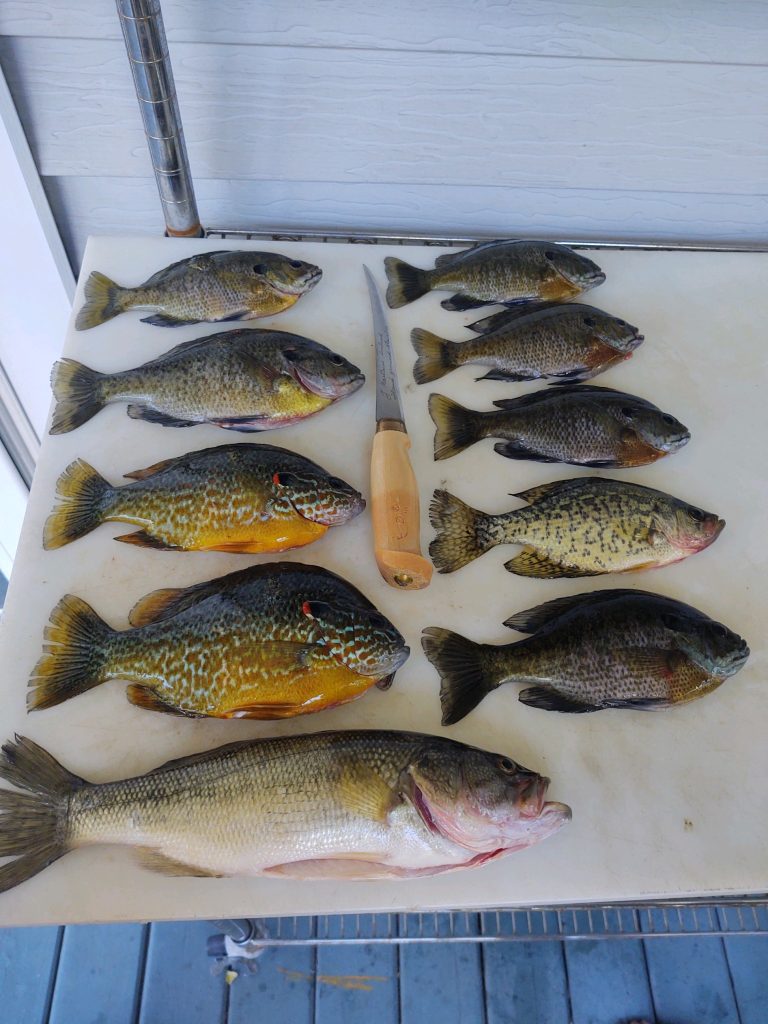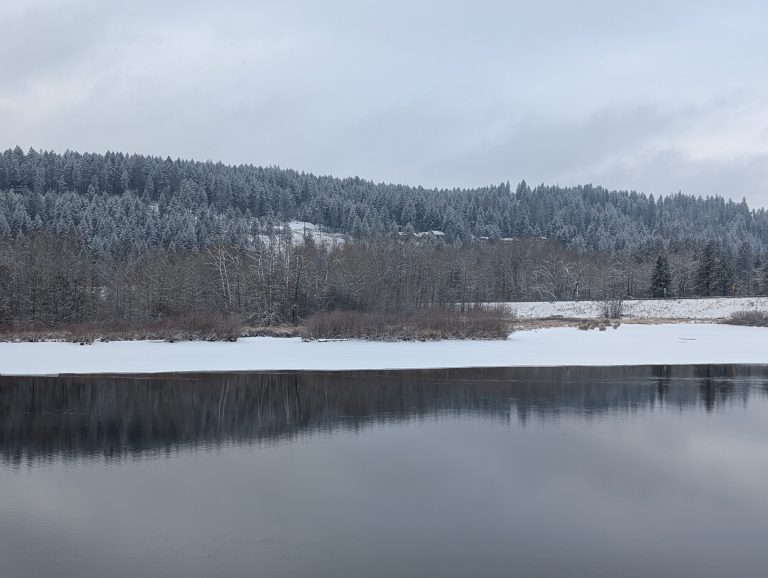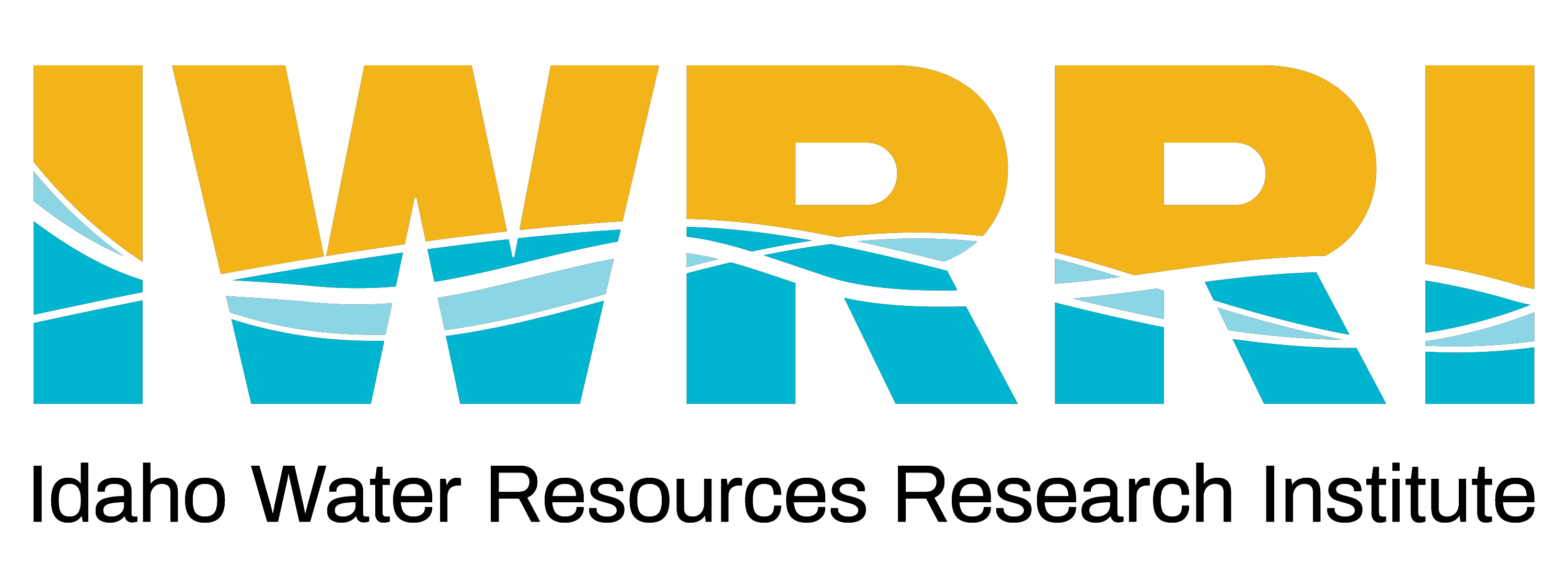University of Idaho faculty Karen Humes and Russell Qualls, along with their students, analyzed 30 years of crop water use data in southern Idaho to understand variations in irrigation application needs. Their research examined how differences in wet versus dry years and cool versus warm years influence crop water use and irrigation needs. By considering forecasted climate conditions, farmers can make informed decisions about crop selection and irrigation allocation, optimizing water use and improving overall agricultural efficiency.
Similar Posts

U of I Researchers Design Biochar-based Water Treatment System
A University of Idaho team, led by Professor Amin Mirkouei and supported by two recently graduated doctorate students, Rance Bare and Ethan Struhs, collaborated with the USDA Agricultural Research Service (Ken Overturf), U of I Aquaculture Research Institute (Brian Small) and the National High Magnetic Field Laboratory (Martha Chacón-Patiño, Amy Mckenna and Huan Chen) to design and custom-build an economical and sustainable water treatment system. This system was specifically developed to remove micronutrients, primarily phosphorus and nitrogen, from the wastewater…

Heavy Metals In Our Watershed
This story was written by the Our Gem Collaborative team for the CDA Press on Sunday, June 21, 2020. Read the original article. The headwaters of the Coeur d’Alene Basin are essential to the success of mining, timber, agriculture and hydropower industries. Mining activities along the South Fork of the Coeur d’Alene River have a significant influence on basin watershed conditions and on the welfare of its inhabitants. From the 1880s to the early 1980s, the Silver Valley was the nation’s…

CDA Basin — Fish Consumption Advisory
This story was written by Dana Swift on behalf of the Our Gem Collaborative team for the CDA Press on Sunday, January 22, 2023. Read the original article. In January 2020, the Idaho Department of Health and Welfare and Coeur d’Alene Tribe, in coordination with the participating organizations in the Idaho Fish Consumption Advisory Program (IFCAP), updated the Coeur d’Alene Basin Fish Consumption Advisory, Public Advisory Charts_CdA_Fish (idaho.gov), after testing showed high levels of mercury in some species of fish. Efforts to…

Confluence Project Students Dig into Snow Science
The experiential learning program helps high school students understand science in their watershed. It’s a partnership between University of Idaho, the Coeur d’Alene Tribe, Kootenai Environmental Alliance, Idaho Department of Environmental Quality and Panhandle Health District.

OUR GEM: What’s Not So Obvious?
By Dave Muise, Vice President of the Board, Kootenai Environmental Alliance. I was standing by Coeur d’Alene Lake on a fall day taking in the beautiful view when a woman passing by asked me “Has the lake turned over yet?”. I gave her a vacant look, smiled and said “no”, having no idea what I was saying “no” to. “Turn over” was what you did to pancakes, and no spatula I’ve ever seen could turn over a lake! A little…
ARPA Funding, Advisory Groups and Why They Matter
On June 30, 2022, a press release was sent out outlining a historic initiative concerning water in the State of Idaho. Governor Brad Little, through his Leading Idaho initiative, is providing funding for agriculture, education and transportation at the state level. An exciting part of this initiative locally involves Coeur d’Alene Lake. Governor Little allocated $2 million for Coeur d’Alene Lake nutrient reduction projects in 2021. In 2022, an additional $20 million has been allocated to further the effort to…
